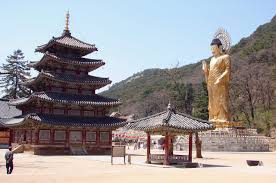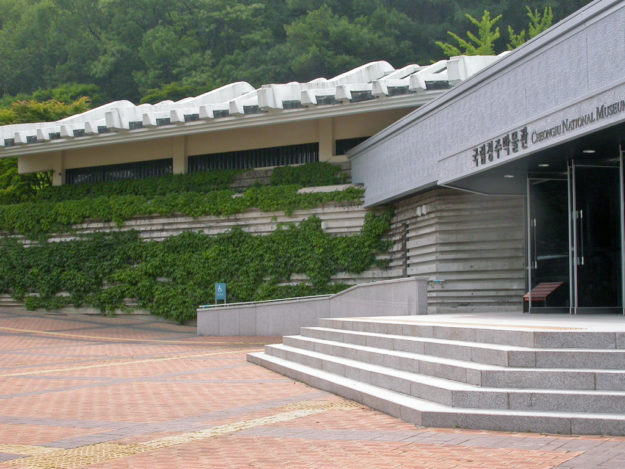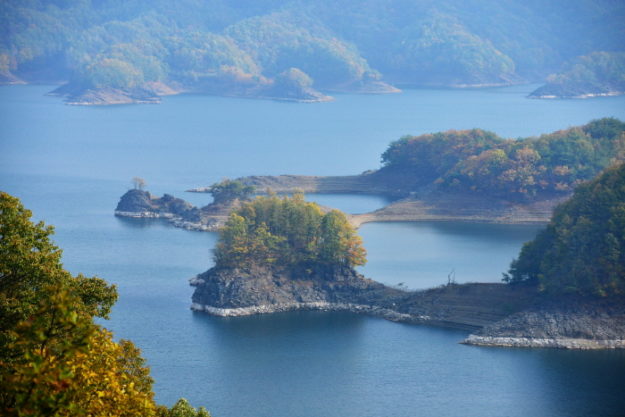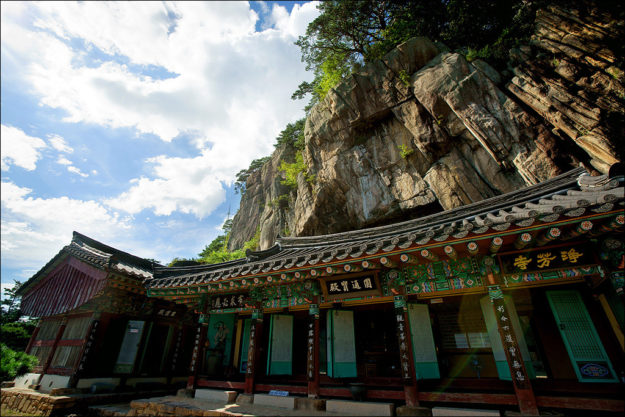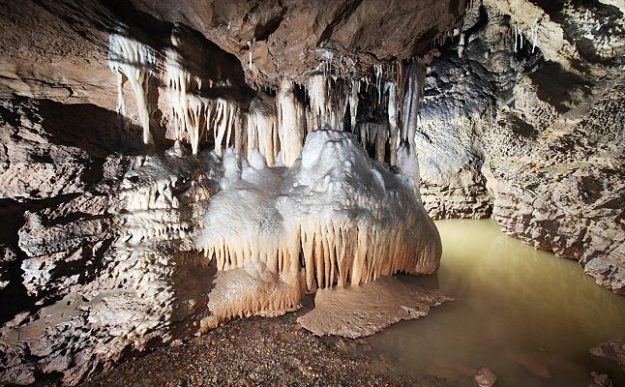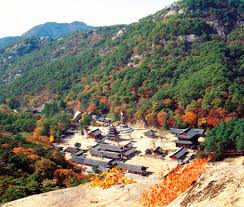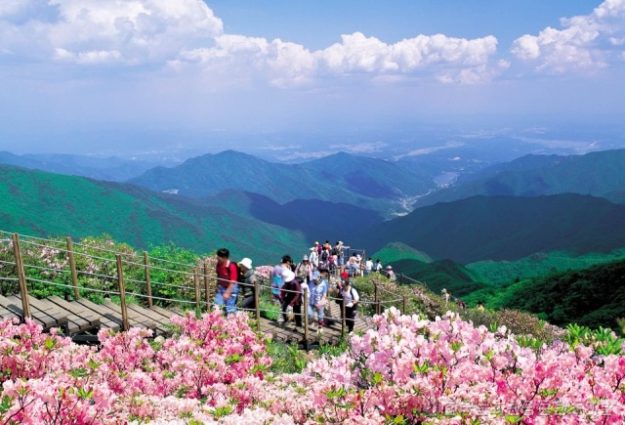Beopjusa Temple
Built in the 14th year of Silla King Jin-Heung’s reign, Beopjusa Temple is located on Songnisan Mountain. What stands today are the remnants of rebuilt monuments through left over from the lengthy and arduous process. When you enter the temple, the yellow earthen road will catch your eye. The earth was ground into small stone…
